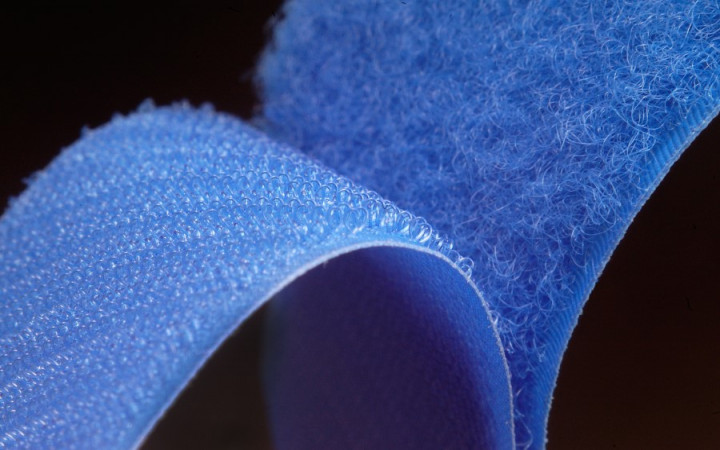Today’s Wonder of the Day was inspired by May from Granville, OH. May Wonders, “How does Velcro work?” Thanks for WONDERing with us, May!
Do you remember when you first learned how to tie your shoelaces? You might have just gotten a new pair of fancy sneakers. You couldn't wait to test them out on the nearest playground. But first, you had to learn how to wrangle those long laces into a knot.
Learning how to tie your shoes can be a tricky proposition in the beginning. On your first attempt, it might seem like you'll never maneuver your fingers around those long strings in order to cross, loop, and pull them into a knot that'll hold your shoes to your feet.
After some practice, though, you soon find that you can quickly twirl your laces around your fingers as they instinctively twist and turn them into a perfect knot. Even after you learn to tie your shoes, you might still prefer those other types of shoes that don't have tricky shoelaces.
Instead, those shoes feature straps covered with fuzzy black material that seems to magically hold itself together as it secures your shoes to your feet. What is that material we're talking about? Velcro®, of course!
Before we learn about how Velcro® came to be, you should know that Velcro® is actually just the brand name usually associated with the type of fastener technology known as hook and loop fasteners. Hook and loop fasteners are hugely popular and can be found in a seemingly-endless variety of uses, only a portion of which are actually made by the company that owns the Velcro® brand name.
Hook and loop fasteners were inspired by nature. Way back in 1941, Swiss engineer George de Mestral noticed after a hunting trip that burrs from burdock plants stuck to his pants and his dog's fur. His curiosity aroused, de Mestral WONDERed what made the burrs cling so tightly.
His research taught him that burdock plants disperse their seeds by attaching themselves to animals that happen to rub against them. Examining a burr under a microscope, de Mestral discovered that the burr contained hundreds of tiny hooks on its surface. These hooks would latch onto anything loop-shaped, such as the fibers in his pants and his dog's tangled fur.
Using the design of the burr as his inspiration, de Mestral created the first hook and loop fastening system using nylon fabric. He patented his invention in 1955, naming it Velcro® after the French words "velours" and "crochet," which translate to "velvet hook."
In a typical hook and loop fastener, one panel of material contains hundreds or thousands of tiny, rigid plastic hooks. The opposite panel of material contains a similar number of thin plastic loops. When pressed together, the hooks cling tightly to the loops, creating a firm bond that can nevertheless be quickly and easily separated by peeling the panels of material apart.
Today, the hook and loop fastener is considered one of the most widely-used inventions of the 20th century. Hook and loop fasteners can be found in thousands of applications, including shoes, clothing, diapers, life vests, luggage, backpacks, and sporting goods.





